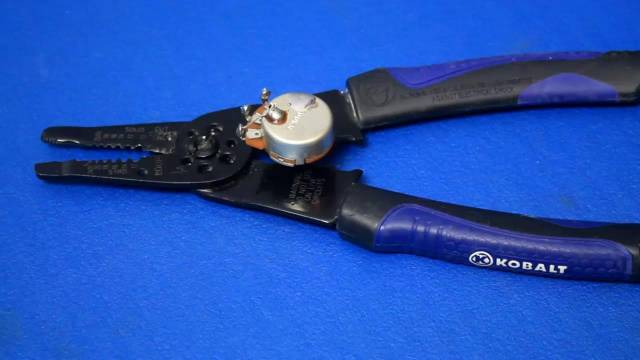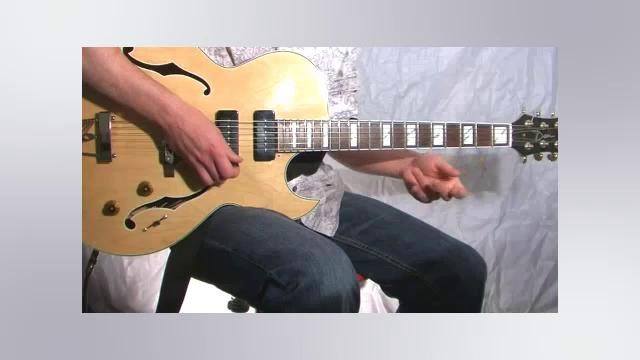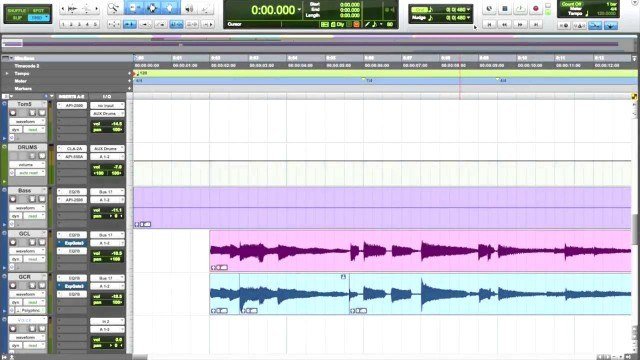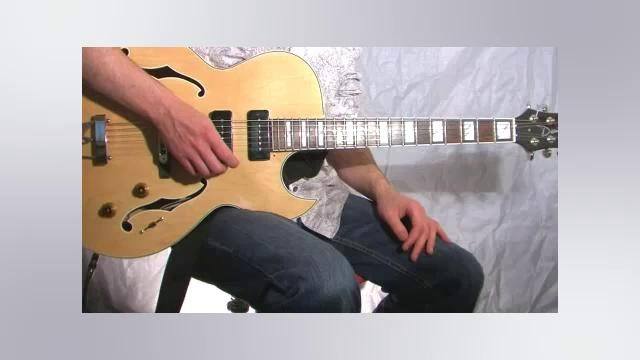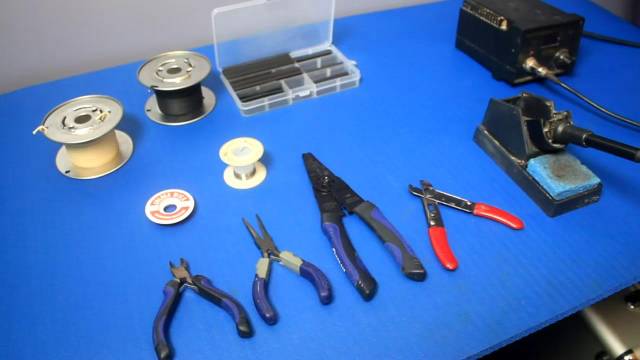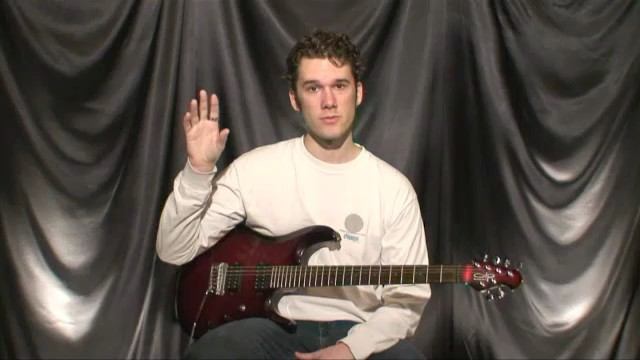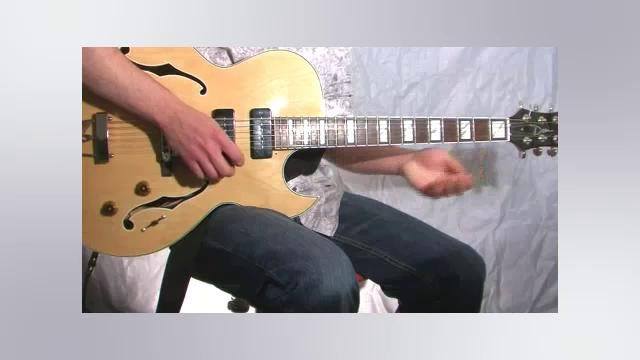In this part, I just reinforce the fact that the string's length is not relevant, only its pitch. Regardless if the string is divided by fretting a note, or elongated say on a bass, the positions of the harmonics will ALWAYS stay the same, that is ¼ of the string length and so on. Shortening the string will of course throw off some of the harmonics in relation to frets, but the relationships between the various harmonics on a string stay the same. So, you need to practice this by dividing a string and try to find all the harmonics on that new shorter string. Use a Capo for example, just so you get the concept well under your belt.
This part concludes the theoretical block of this tutorial. Now it is time to go into practical application involving various ”artificial” harmonics. (note again my dislike for the term Artificial, since there is no difference between any technique to produce a harmonic, they work on exactly the same principles!)



















